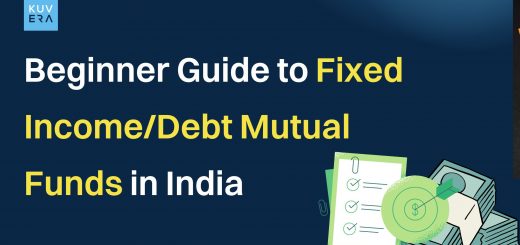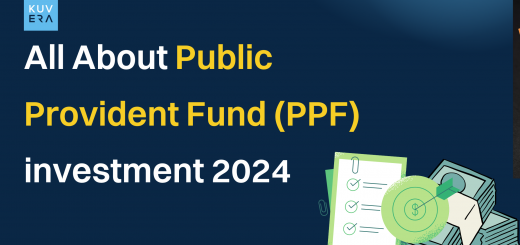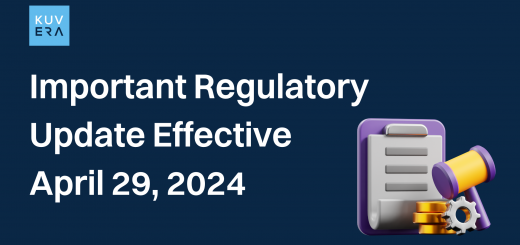Starting your investment journey can feel overwhelming at first. Especially when there’s little knowledge and more mis-selling happening around. Here’s a list of mutual fund concepts minus the jargon.
Portfolio:
A portfolio is the total range of investments owned by an investor. Your portfolio can include investment securities such as bonds, stocks, mutual funds, pension plans, real estate, and even physical assets such as gold. Any asset that can grow in value or provide returns can be a part of your investment portfolio.
AMC (Asset Management Company):
Asset Management Company is a fund house that creates a pool of funds from interested persons, entities, and clients and invests it in diverse securities. They use their expertise to generate an optimal return for investors in exchange for fees up to 2%.
NAV (Net Asset Value):
NAV is the value of one unit in the mutual fund scheme. The way stocks have a share price, mutual funds have NAV. The share price fluctuates throughout the day at exchanges, but NAV is only calculated at the end of a trading day. NAV can be an indicator of a fund’s market performance, but it does not necessarily indicate good returns. It helps you analyze whether the fund is overvalued or undervalued.
SIP (Systematic Investment Planning):
SIP lets you invest a small sum regularly in your preferred mutual fund scheme. A fixed amount is deducted from your bank account every month, without having to time the stock market. You average out the purchase price of equity fund units by investing at a regular interval irrespective of market forces. This helps you reap significant returns in the long run.
Growth Plan:
Mutual funds come with both growth and dividend options. As their primary objective is long-term capital growth, the interests, bonuses, gains, and dividends incurred on the growth plan are not paid out or distributed among the investors. Instead, it is reinvested in the scheme itself for compounding returns and is reflected in the NAV of the scheme.
Dividend Plan:
Under the Dividend plan, the profits from investments are distributed to investors in the form of dividends. The frequency of dividends is not guaranteed and depends on the surplus generated by the fund.
Passive Funds:
Passive Investing is a strategy that seeks to maximize returns by minimizing trading. Passive Funds, thus, are mutual funds that invest in the same stocks like that of the underlying index and seek to achieve similar returns as that index. Examples of passive investing are Index Funds and Exchange Traded Funds (ETFs)
Liquid Fund:
Liquid funds are a type of debt fund that invests in fixed income instruments like government securities, treasury, etc. They offer safety, better returns than savings accounts, and more importantly full flexibility of redemption. The average maturity of the fund portfolio is no longer than 91 days, hence they take the least amount of risk.
Expense Ratio:
It is the amount paid to the fund for managing your money. The value of an expense ratio depends on its size, duration and maturity. Expense ratio can include costs like management fees, entry & exit load, brokerage (in case of regular funds), etc. Since expense ratio is deducted directly from the revenue generated by the mutual fund before distributing it among investors, it’s a good idea to analyze the scheme beforehand.
Exit Load:
Exit load is the fee that an investor needs to pay upon exiting from a mutual fund. Exit Load is more common in actively managed equity funds as they are for long-term investment horizons. In other funds such as liquid funds or index funds, it can be low as 0.01% or NIL. The charge is levied to discourage investors from withdrawing.
Long Term Capital Gain:
It is the revenue generated by selling a mutual fund share that has been held for more than a year. As of the 2018 budget revision, LTCG exceeding Rs 1 lakh is taxed at 10%.
For debt funds, the profit earned on selling the mutual fund shares after holding them for more than 36 months is taxed under LTCG at a flat 20%.
Short Term Capital Gain:
It is the profit made from selling mutual fund shares that have been held for less than a year. STCG is taxed at 15% plus surcharges and cess.
For debt funds, the profit made from selling a mutual fund share held for less than 36 months is taxed as STCG at the investor’s tax bracket rates.
Corpus & Compounding
The total amount of money that is invested in a particular scheme by all investors is called Corpus. Mutual funds offer returns on the amount invested and then these returns, together with the principal amount, begin to generate additional returns. This is known as compounding.
Interested in how we think about the markets?
Read more: Zen And The Art Of Investing
Watch/hear on YouTube:
Start investing through a platform that brings goal planning and investing to your fingertips. Visit kuvera.in to discover Direct Plans and Fixed Deposits and start investing today.
#MutualFundSahiHai #KuveraSabseSahiHai! #PersonalFinance










